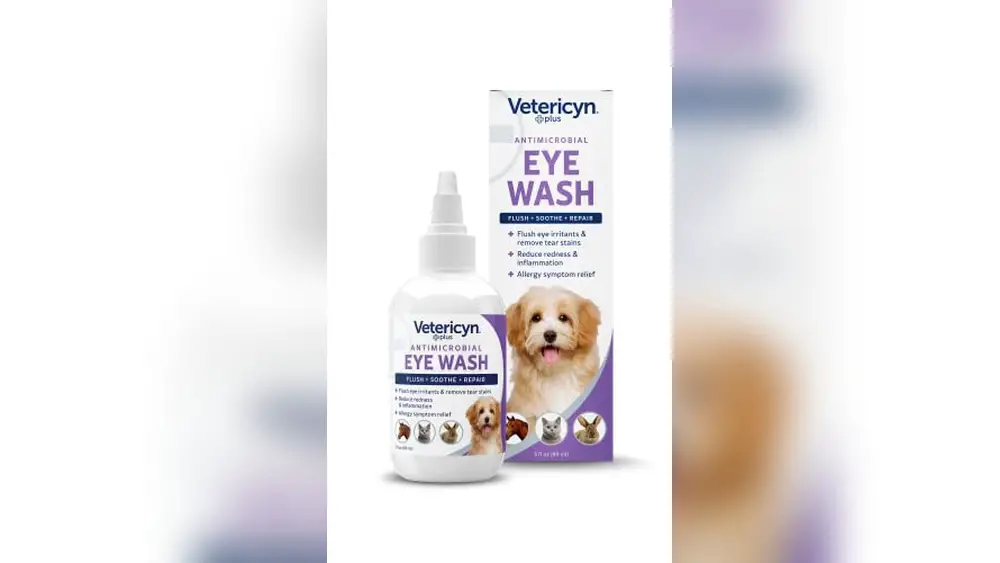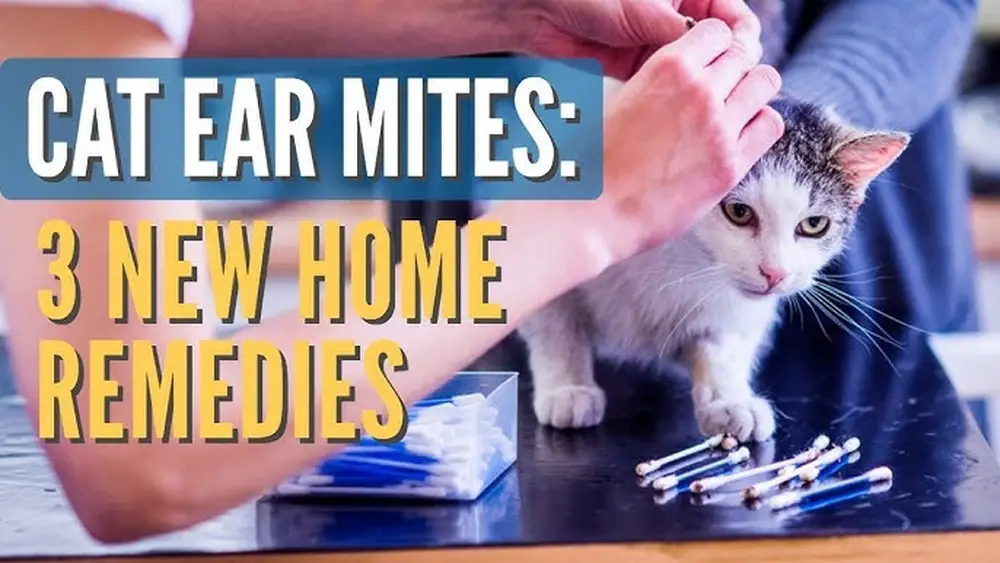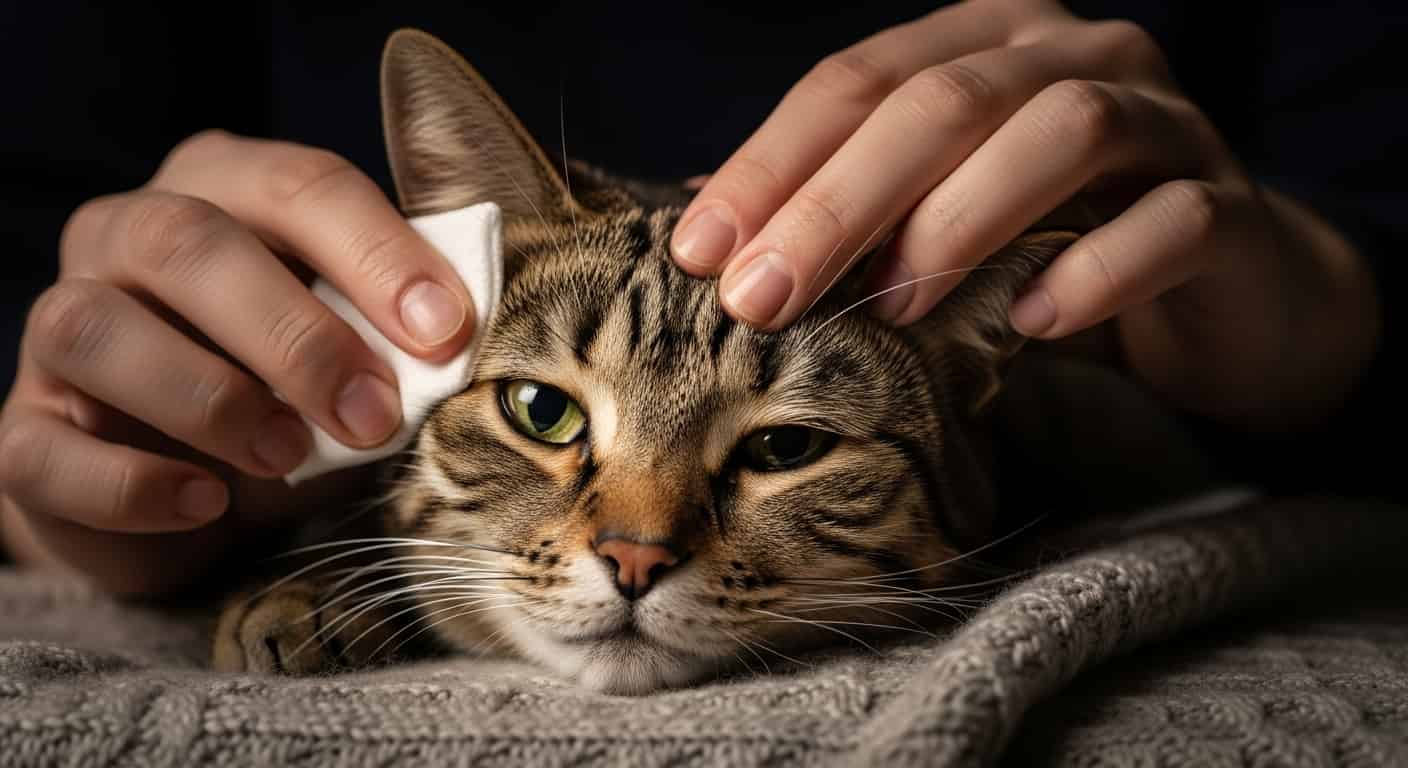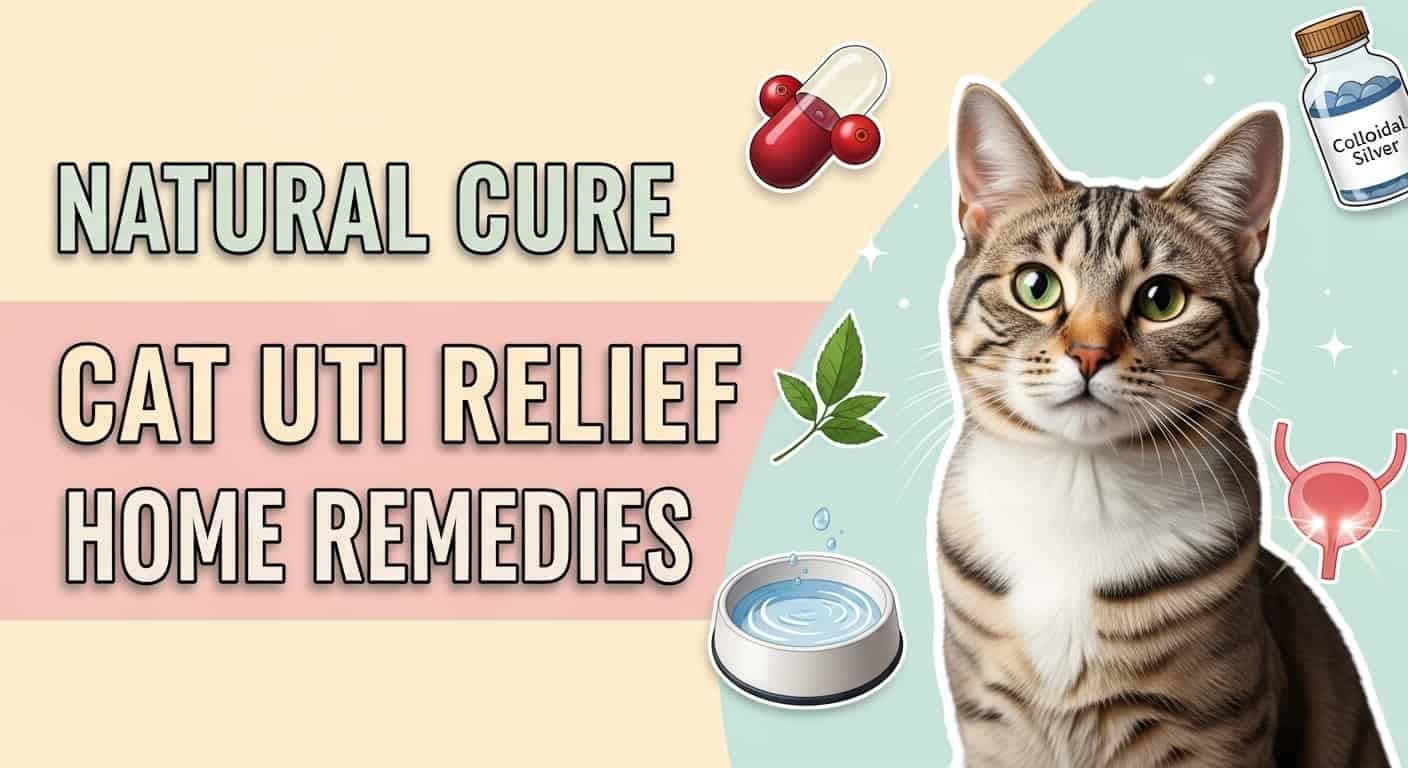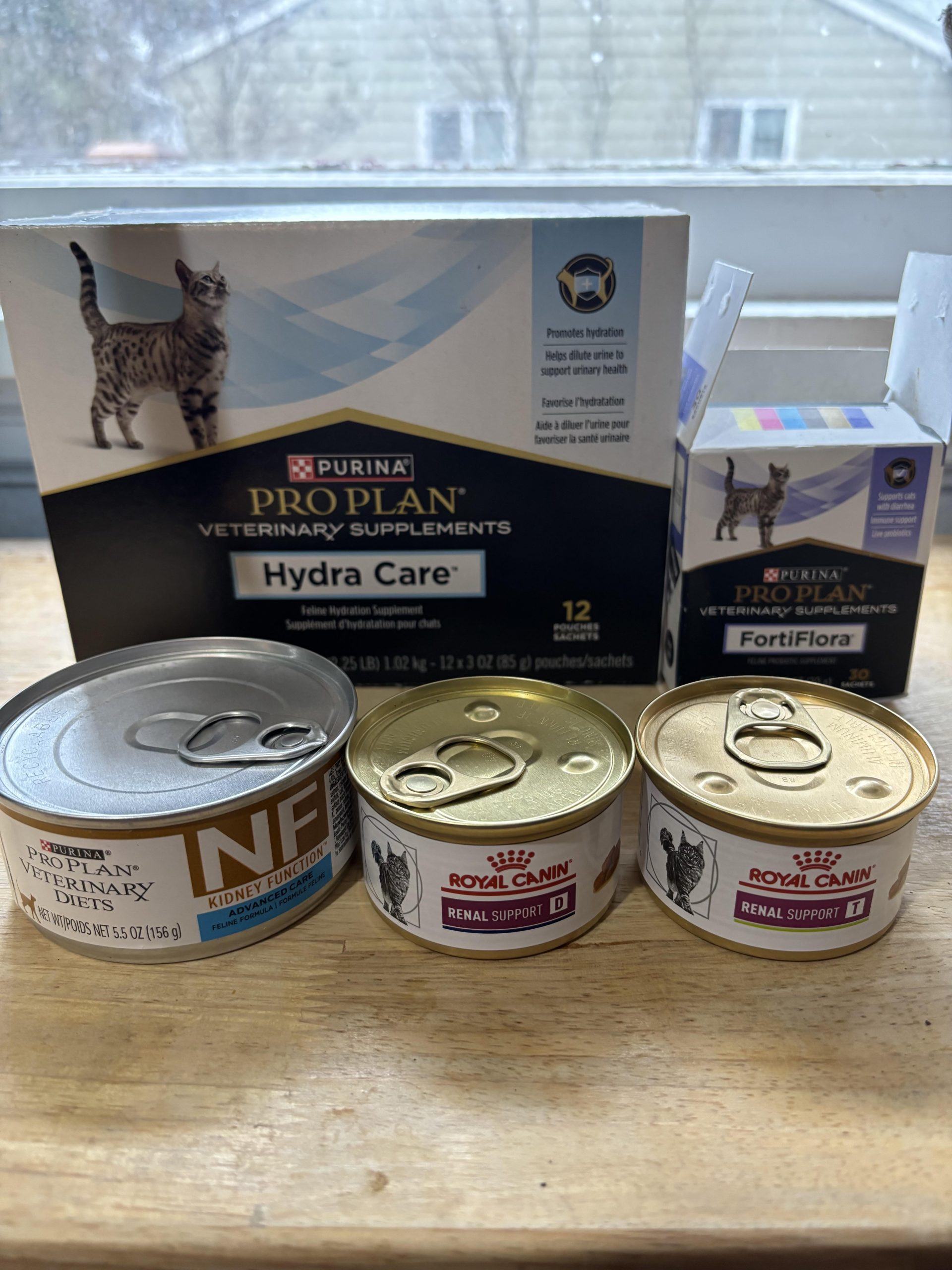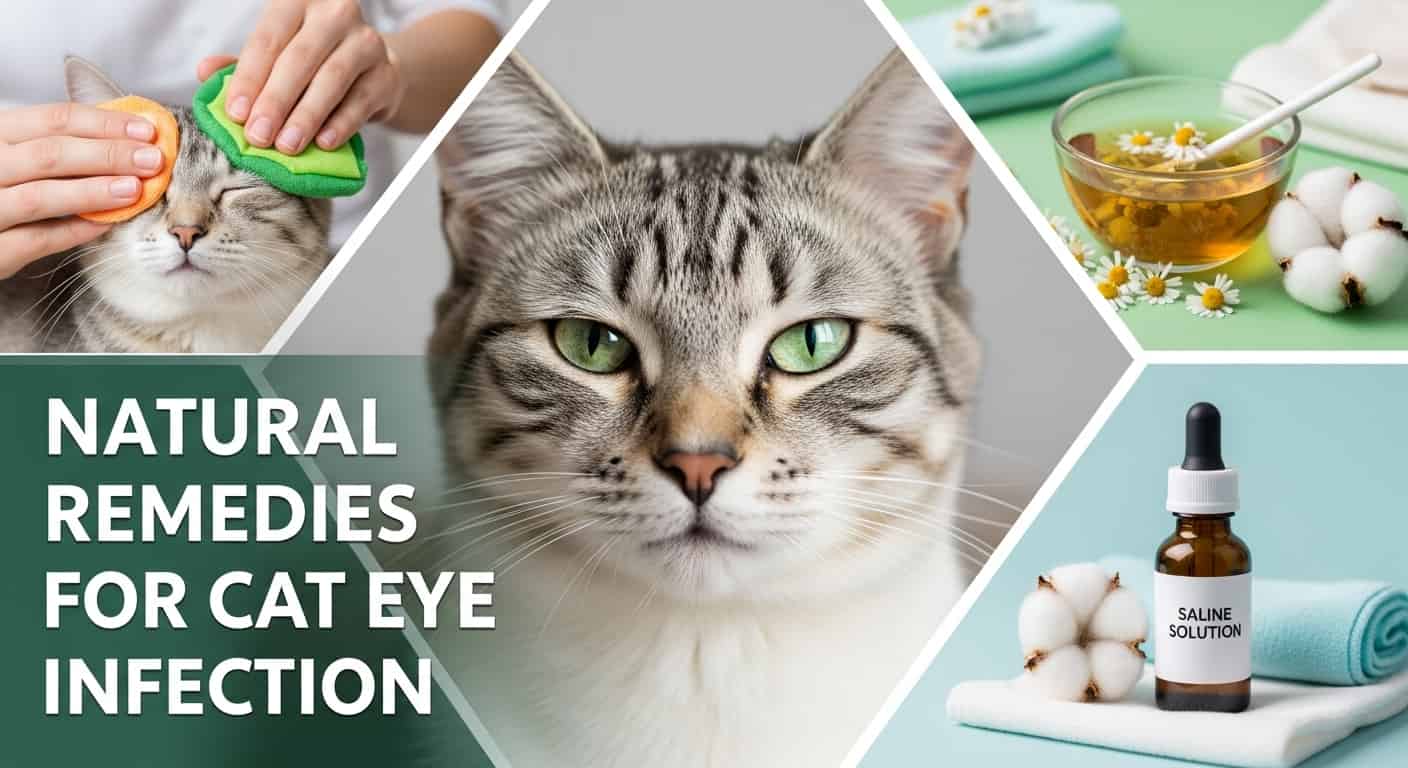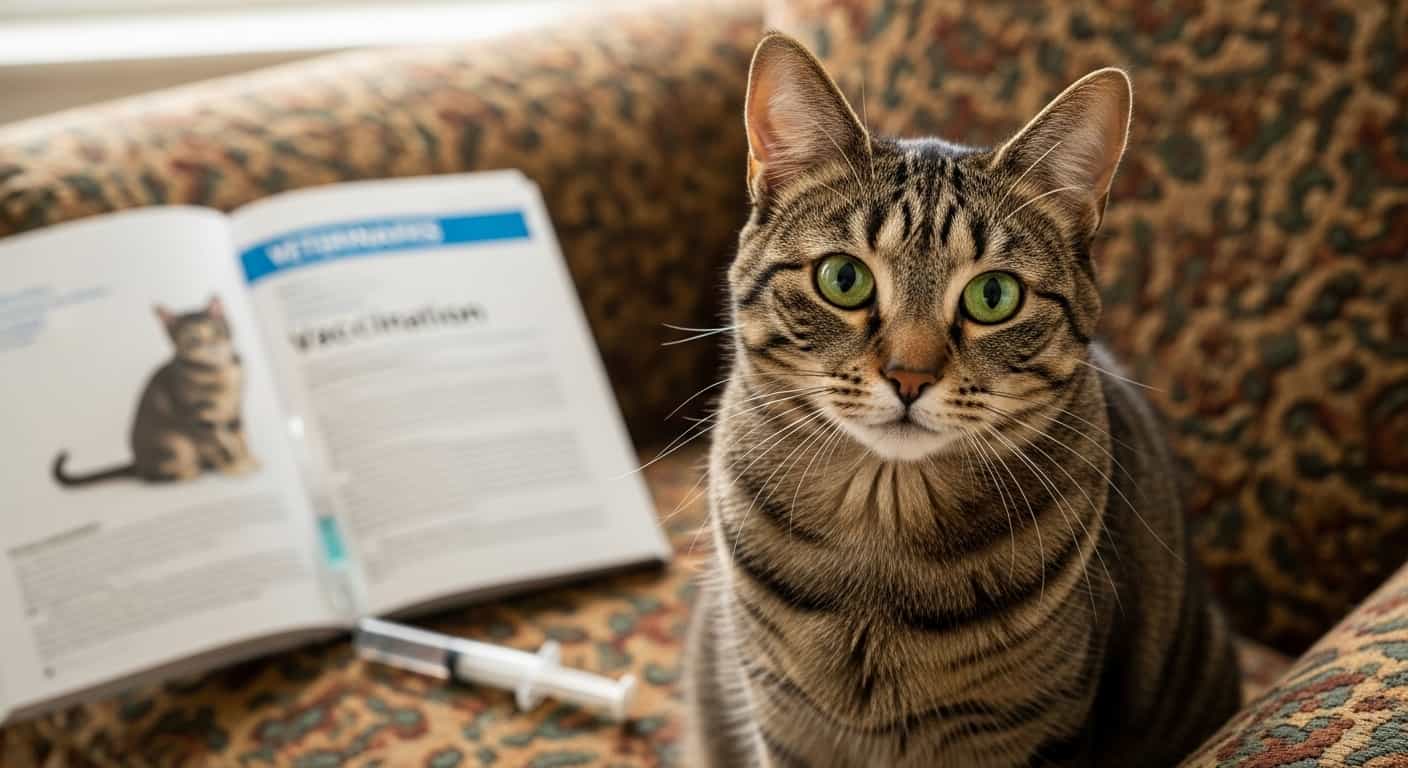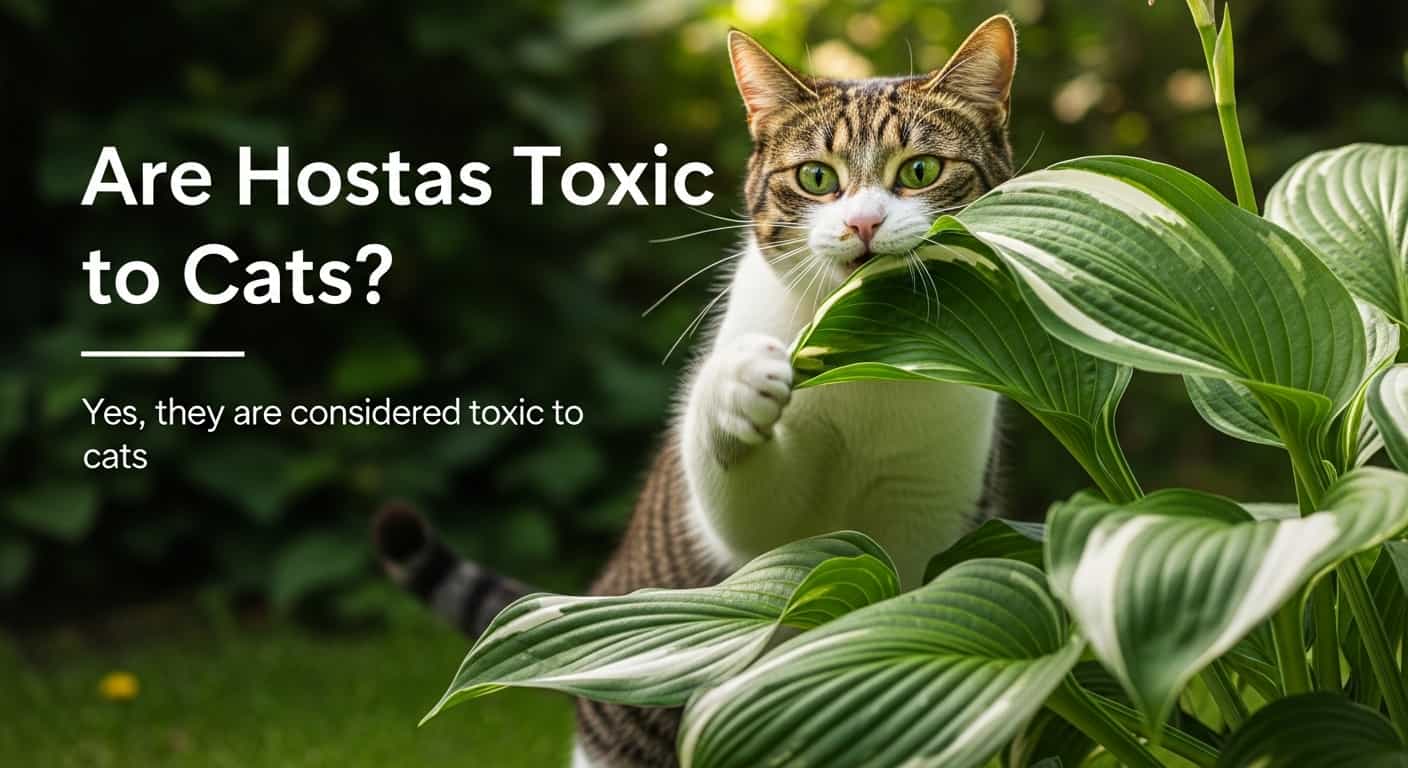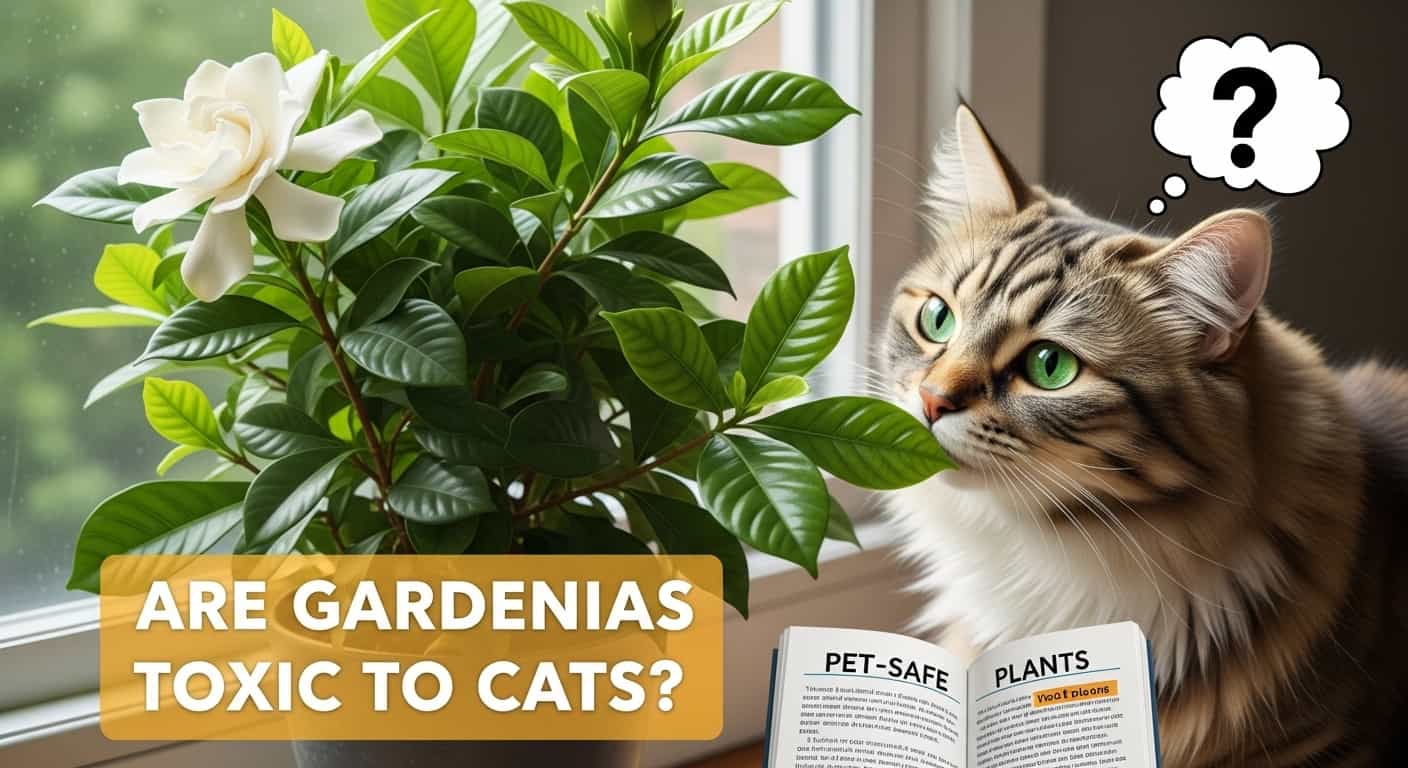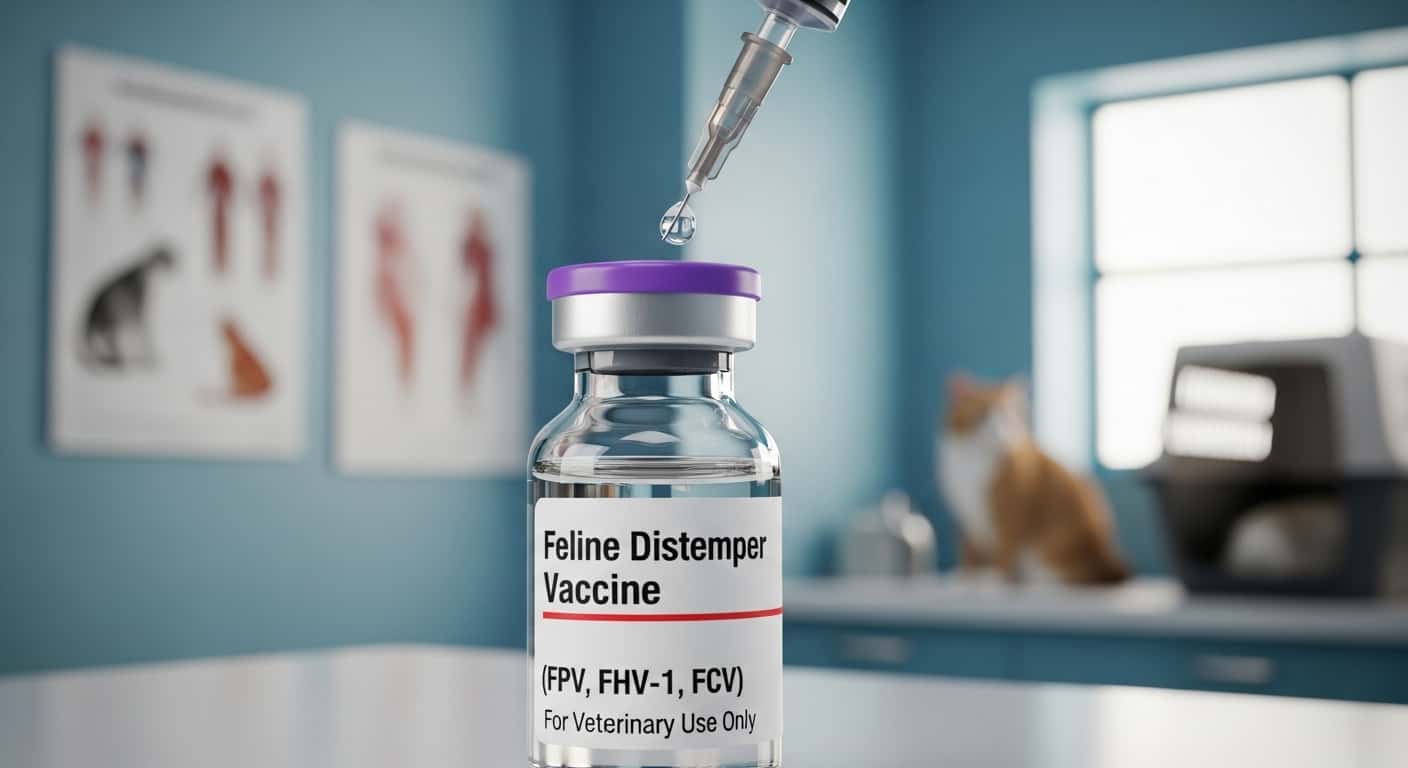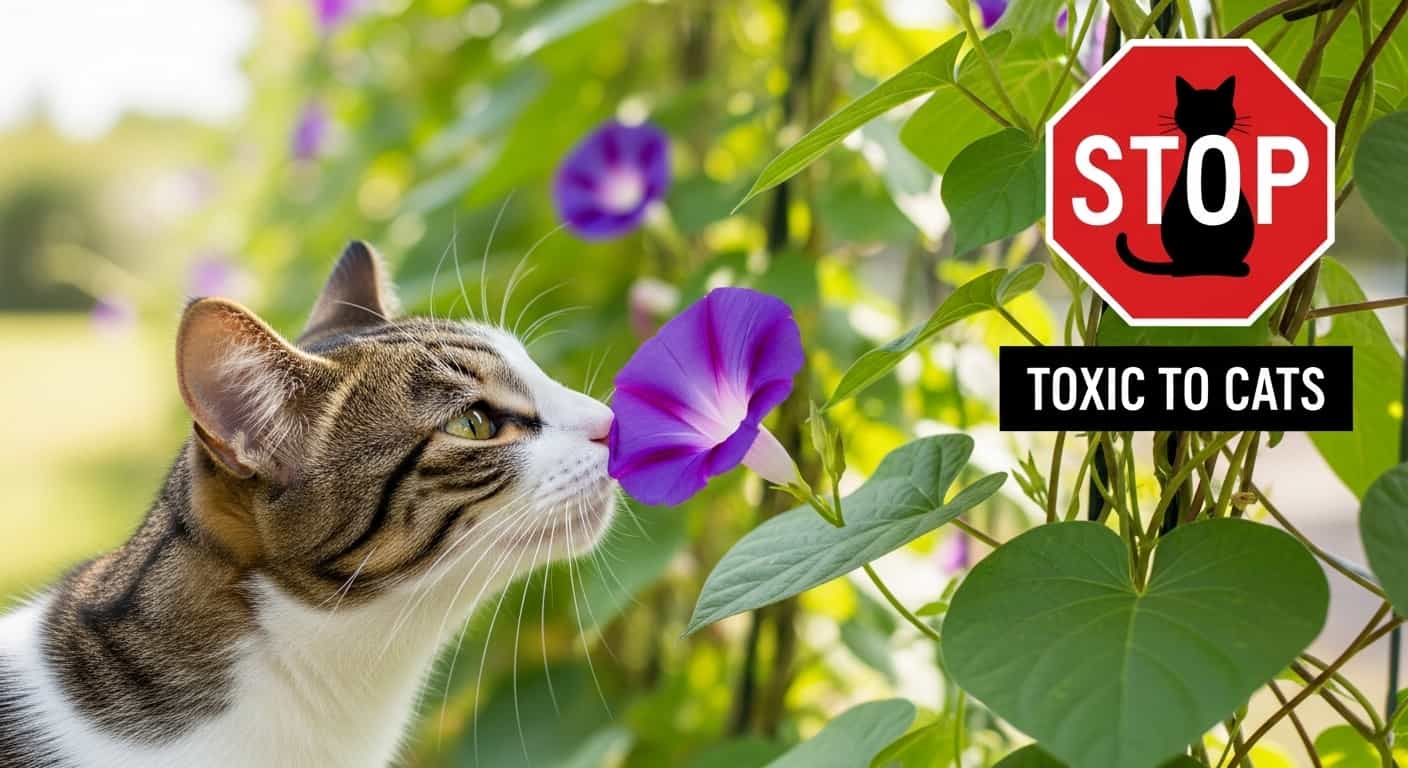As a cat owner, you understand the curiosity that drives your feline friend to explore every nook and cranny of your home. This inquisitive nature can sometimes lead to unexpected encounters, especially with household plants like cacti.
Table of Contents
ToggleYou’re likely wondering, “Are cacti toxic to cats? ” This question isn’t just about keeping your pet safe—it’s about ensuring peace of mind. Imagine the relief of knowing your beloved cat can roam freely without any risk. You’ll discover the truth about cacti and their effects on cats, allowing you to create a harmonious environment for your furry companion.
Let’s delve into what you need to know to protect your cat and maintain a safe home.
Cacti And Cats: Common Concerns
Cacti are popular houseplants. They add a touch of nature indoors. Many pet owners wonder about their safety for cats. Are cacti toxic to cats? This section explores common concerns. Discover if these spiky plants pose risks.
Cacti Spines: Potential Hazards
Cacti have sharp spines. Cats might get curious and touch them. This can lead to injuries. Paws or noses can get poked. Sometimes, the spines cause infections. Keep cacti out of reach to prevent accidents.
Non-toxic Varieties
Most cacti are not toxic to cats. Popular types like the Christmas cactus are safe. These plants don’t contain harmful chemicals. Still, spines can cause physical harm. Always check specific plant types before bringing them home.
Cats And Plant Chewing
Cats often chew on plants. They might find cacti leaves interesting. Chewing on spines can hurt them. Non-toxic doesn’t mean risk-free. Supervise your cat around plants. Consider cat-friendly alternatives.
Preventing Plant Damage
Curious cats might damage your cactus. They can knock over pots or scratch the soil. Place cacti in sturdy pots. Use shelves or stands to elevate them. This helps keep both the plant and your cat safe.
Creating A Safe Environment
Balance plant love and pet safety. Arrange your home thoughtfully. Keep cacti in less accessible areas. Use deterrents like sprays if needed. Ensure your cat has safe toys to distract them.

Credit: gardenerspath.com
Here's a related post that you might find useful. Are Impatiens Toxic to Cats: Essential Safety Guide
Types Of Cacti
Cacti can be a danger to cats, with some types being toxic. The Christmas cactus is generally safe, but others, like the pencil cactus, can cause problems. It’s wise to keep curious cats away from these prickly plants. Always check if your cactus is safe for pets.
Cacti are fascinating plants that can add a unique touch to your home decor. Their diverse shapes and sizes make them a popular choice for plant enthusiasts. However, if you have cats, you might wonder whether these prickly plants are safe for your furry friends. Understanding the different types of cacti is crucial in ensuring your cat’s safety.Safe Varieties
Not all cacti are harmful to cats. Some varieties are generally considered safe and can coexist peacefully with your feline friends. The Opuntia, commonly known as the Prickly Pear cactus, is one of the safer options. Its pads might be spiky, but they are non-toxic to cats. Another safe choice is the Christmas Cactus. Known for its vibrant pink and red blooms, it poses no threat to your curious kitty. If you’re keen on adding cacti to your home, opting for these non-toxic varieties can be a stress-free decision.Potentially Harmful Varieties
On the flip side, certain cacti can pose a risk to cats. The Euphorbia genus, often mistaken for cacti, contains toxic sap that can be harmful if ingested. The Pencil Cactus is one such example. Its milky sap can irritate your cat’s skin and eyes, and might even cause digestive issues if eaten. The Peyote Cactus is another variety to watch out for. Although rare, its psychoactive properties can be dangerous to pets. Have you ever noticed your cat nibbling on plants? Keeping these potentially harmful varieties out of reach is a practical way to protect your pet. Ultimately, choosing the right cacti can create a harmonious environment for both your plants and your pets. Why not share your experiences with safe and harmful cacti in the comments?Here's a related post that you might find useful. Is Cordyline Toxic to Cats? Emergency Symptoms & Safety Guide
Symptoms Of Cactus Toxicity In Cats
Cacti can add beauty to your home, but they might harm your cat. Understanding cactus toxicity symptoms in cats is crucial for their safety. Cats are curious creatures and might nibble on plants. Knowing these symptoms can help you act swiftly.
Digestive Issues
Digestive problems may occur if a cat eats cactus parts. Vomiting is a common symptom. Your cat might also experience diarrhea. A decreased appetite can signal digestive distress. Watch for excessive drooling. This can indicate oral irritation or nausea.
Skin Irritations
Cacti can cause skin irritations in cats. Spines can prick their skin, causing pain or swelling. Redness or inflammation might appear at the contact site. Cats may excessively scratch or bite affected areas. This behavior can worsen the irritation.
Behavioral Changes
Behavioral changes may arise from cactus toxicity. Your cat might become unusually lethargic. Increased aggression or irritability can also occur. Cats may hide more than usual. Restlessness or pacing might indicate discomfort. These changes can be subtle but important to notice.

Credit: www.reddit.com
Preventive Measures
Curious pet owners often wonder about the safety of cacti around cats. Cacti generally aren’t toxic to cats, but their spines can cause harm. Keeping these plants out of reach can prevent accidental injuries and ensure your furry friend stays safe.
Bringing home a new plant can be exciting, but as a cat owner, you must consider more than just aesthetics. Ensuring your feline friend’s safety is paramount. With the right preventive measures, you can create a beautiful, cat-friendly environment.Choosing Safe Plants
When selecting plants for your home, prioritize your cat’s safety. Opt for non-toxic plants like spider plants, bamboo palms, or Boston ferns. These plants not only look great but are safe if your curious cat decides to give them a nibble. Research is your best friend in this process. A quick search can save you from potential vet visits. Are you aware of the ASPCA’s extensive list of toxic and non-toxic plants? It’s a treasure trove of information for pet owners.Placement Strategies
The location of your plants can make a world of difference. Consider placing plants on high shelves or using hanging planters. This keeps them out of reach of your curious kitty. Think about the areas in your home where your cat likes to roam. Cats love windowsills and sunny spots, so avoid placing toxic plants there. Use deterrents like double-sided tape or aluminum foil around your plants. Cats dislike these textures, helping keep them away. Have you ever tried this tactic? It can be surprisingly effective.First Aid For Cactus Exposure
Cats may find cacti intriguing, but not all are safe for them. Some cacti can cause mild irritation. If your cat nibbles on one, watch for signs like drooling or vomiting. Seek vet advice if symptoms persist.
Cacti may seem like harmless houseplants, but for curious cats, they can pose a potential hazard. If your feline friend has had a run-in with a cactus, knowing what to do is crucial. While cacti are generally not toxic, their spines can cause injuries. Understanding first aid for cactus exposure can make all the difference for your pet’s comfort and health.Immediate Steps
First, stay calm. Your cat senses your emotions and a calm demeanor can help soothe them. Carefully assess the situation. Check if your cat has any cactus spines stuck in their skin or paws. Use tweezers to gently remove the spines. Be careful not to break them, as this can lead to infections. Wash the affected area with mild soap and water to reduce the risk of infection. If your cat seems distressed, try to comfort them. A gentle voice and a reassuring touch can help. Remember to keep an eye on your cat for any signs of discomfort or infection over the next few days.When To Seek Veterinary Help
If you notice swelling, redness, or discharge, it’s time to contact your vet. These can be signs of infection that need professional attention. If your cat is limping or seems in pain, don’t delay in seeking help. Sometimes, spines can be difficult to remove entirely. If you suspect that some are still embedded, a vet visit is necessary. They have the right tools and expertise to safely extract them. Even if your cat appears fine, it’s wise to monitor their behavior. Changes in eating, grooming, or activity levels can indicate discomfort. When unsure, reaching out to your vet is always a safe bet. Have you ever dealt with a similar situation with your pet? What did you find most helpful in easing their discomfort? Sharing your experiences can provide valuable insights for others navigating this prickly problem.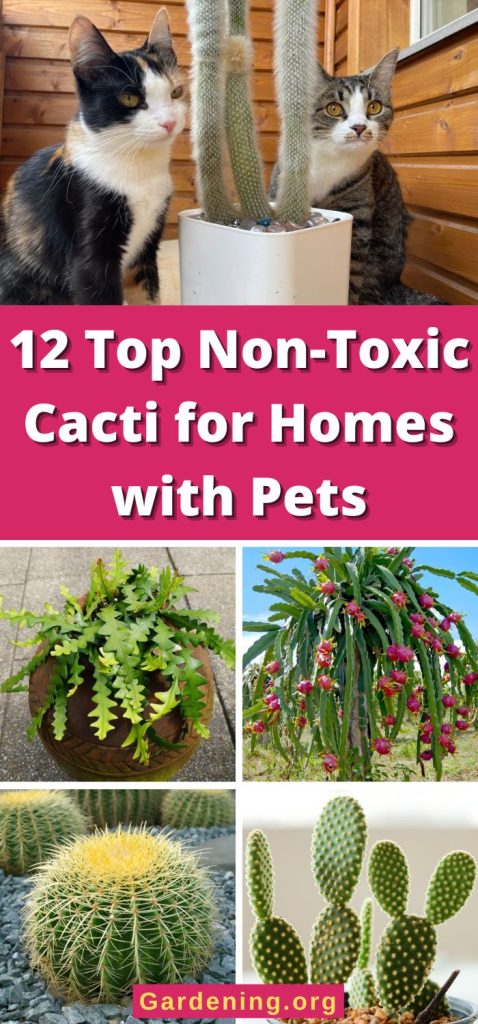
Credit: gardening.org
Creating A Pet-friendly Environment
Cacti can be a stylish addition to homes, but some varieties may be harmful to cats. Ensuring a pet-friendly space requires knowing which plants are safe. Choose non-toxic cacti and place them out of reach to protect your feline friend.
Creating a safe space for your pets is crucial. Cats are curious by nature. They love to explore their surroundings. This includes plants and other household items. Some plants can harm your feline friends. Cacti, for instance, are not toxic. But they can still be dangerous. Their spines can cause injuries. Cats may hurt themselves while playing around them. It’s essential to choose safe plants. This keeps your cat happy and healthy.Alternatives To Cacti
Choose plants that won’t harm your cat. Spider plants are a great choice. They are non-toxic and easy to care for. Boston ferns add greenery without risk. They are safe for cats. Bamboo is another option. It is pet-friendly and low maintenance. You can also try African violets. They are colorful and harmless to cats.Engaging Cat-safe Plants
Interactive plants can entertain your cat. Cat grass is fun and safe. Cats love to chew on it. It helps with digestion. Catnip can excite and engage your pet. It’s a great way to stimulate play. Valerian is another safe option. It has a calming effect on some cats. These plants ensure a safe and playful environment. Always ensure your plants are non-toxic. Your cat’s safety comes first.Frequently Asked Questions
Are Cacti Safe For Cats?
Most cacti are safe and non-toxic to cats. However, their spines can cause injury. It’s best to keep cacti out of reach to prevent any accidents. Always research specific plant species, as some may have harmful properties. If you’re unsure, consult a vet to ensure your pet’s safety.
Can Cactus Spines Harm My Cat?
Yes, cactus spines can harm your cat. They can cause physical injuries like scratches or punctures. If your cat gets pricked, remove the spine gently and disinfect the area. Monitor for any signs of infection. If you notice any swelling or discomfort, consult your veterinarian promptly.
What Should I Do If My Cat Eats Cactus?
If your cat eats cactus, monitor for any adverse reactions. Most cacti are not toxic, but ingestion might cause stomach upset. Watch for symptoms like vomiting or diarrhea. If symptoms appear or persist, contact your veterinarian. Always ensure your plants are safe and out of reach from pets.
Which Houseplants Are Toxic To Cats?
Several houseplants are toxic to cats, including lilies, philodendrons, and pothos. These plants can cause serious health issues if ingested. Symptoms may include vomiting, lethargy, and difficulty breathing. Always research plant toxicity before bringing them home. For a comprehensive list, consult your veterinarian or refer to ASPCA’s database.
Conclusion
Cacti are generally safe for cats. But some can cause mild irritation. Cats might nibble on cacti, leading to tummy troubles. Keep an eye on your furry friend. Ensure they don’t chew on prickly plants. Opt for cat-friendly plants like spider plants.
These are safer for curious cats. Always check plant safety before buying new ones. A little caution goes a long way. Protecting your cat ensures a happy home. With the right plants, your cat can explore safely. Enjoy a home filled with safe, green beauty.
Your cat will thank you for it!


